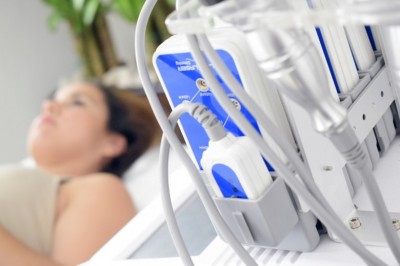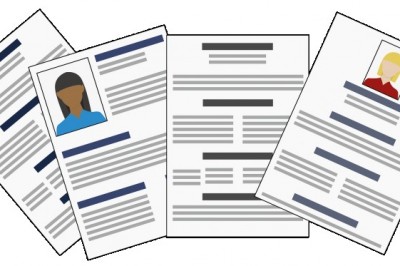The Chapter 7 Bankruptcy Means Test
When you file a Chapter 7 bankruptcy petition, the means test is applied to make sure that you really need to file bankruptcy and that you arent "abusing" the system. That might sound confusing, but its in most cases a simple test, and the majority of debtors do ultimately qualify for Chapter 7 bankruptcy.
The Chapter 7 means test can be thought of as consisting of two stages:
The first stage of the test compares a calculation of your annualized income, based on your average monthly gross income over the 6 months before your petition is filed, to the median income for your area and household size. If your monthly income falls at or below the median, the means test is over - there is no presumption of abuse and you can file for bankruptcy under Chapter 7.
That median is determined by your geographic location and the size of your family. In the state of Pennsylvania, for example, the median income figures for cases filed on or after 10/1/2008 are as follows:
• Household size 1: $43,036
• Household size 2: $51,051
• Household size 3: $64,775
• Household size 4: $75,867
If your income exceeds these medians, it doesnt necessarily mean that you cant file under Chapter 7. Instead, it triggers the second stage of the test. In this second step, allowable expenses (which are based on regularly inflation-adjusted IRS standards, such as the standard $489 deduction allowed for the debtors car payment expense) are deducted from your monthly income. The amount thats left over after those allowable expenses is your disposable income. That number is multiplied by 60 to determine how much disposable income youll have over the next five years.
If that total is less than $6,575, the means test is again over - there is no presumption of abuse and you can file bankruptcy under Chapter 7. If the total is more than $10,950, there is a presumption of abuse. In such a case, there is very likely to be filed against you an objection by the case trustee alleging abuse under Section 707(b). Your Chapter 7 discharge is in serious jeopardy at this point; this scenario therefore needs to be anticipated and avoided in advance.
If the total disposable income for the five year period falls between $6,575 and $10,950, then an extra calculation is necessary: Your expected disposable income over the next five year - that number between $6,575 and $10,950 - is compared to the total of your non-priority unsecured debts. If your 5-year disposable income is less than 25% of the total of those debts, the presumption does not arise.
Be aware, however, that even if youve "passed" the means test, the trustee can still raise the issue of abuse if circumstances of a particular case warrant it. For example, the trustee might argue "abuse" if your income less your actual (as opposed to the above described IRS standard) expenses still leaves enough disposable income to fund a Chapter 13 plan. Your bankruptcy attorney will be able to tell you what sort of other circumstances might also trigger a challenge from the trustee. Again, if you are to achieve a discharge under Chapter 7, these scenarios need to be anticipated and avoided in advance.
David Romito is a Chapter 7 Bankruptcy Attorney based in Pittsburgh, PA. He handles bankruptcy and related matters in western Pennsylvania. For more answers to your bankruptcy, please visit his website at Chapter 7 Bankruptcy Attorney .





























